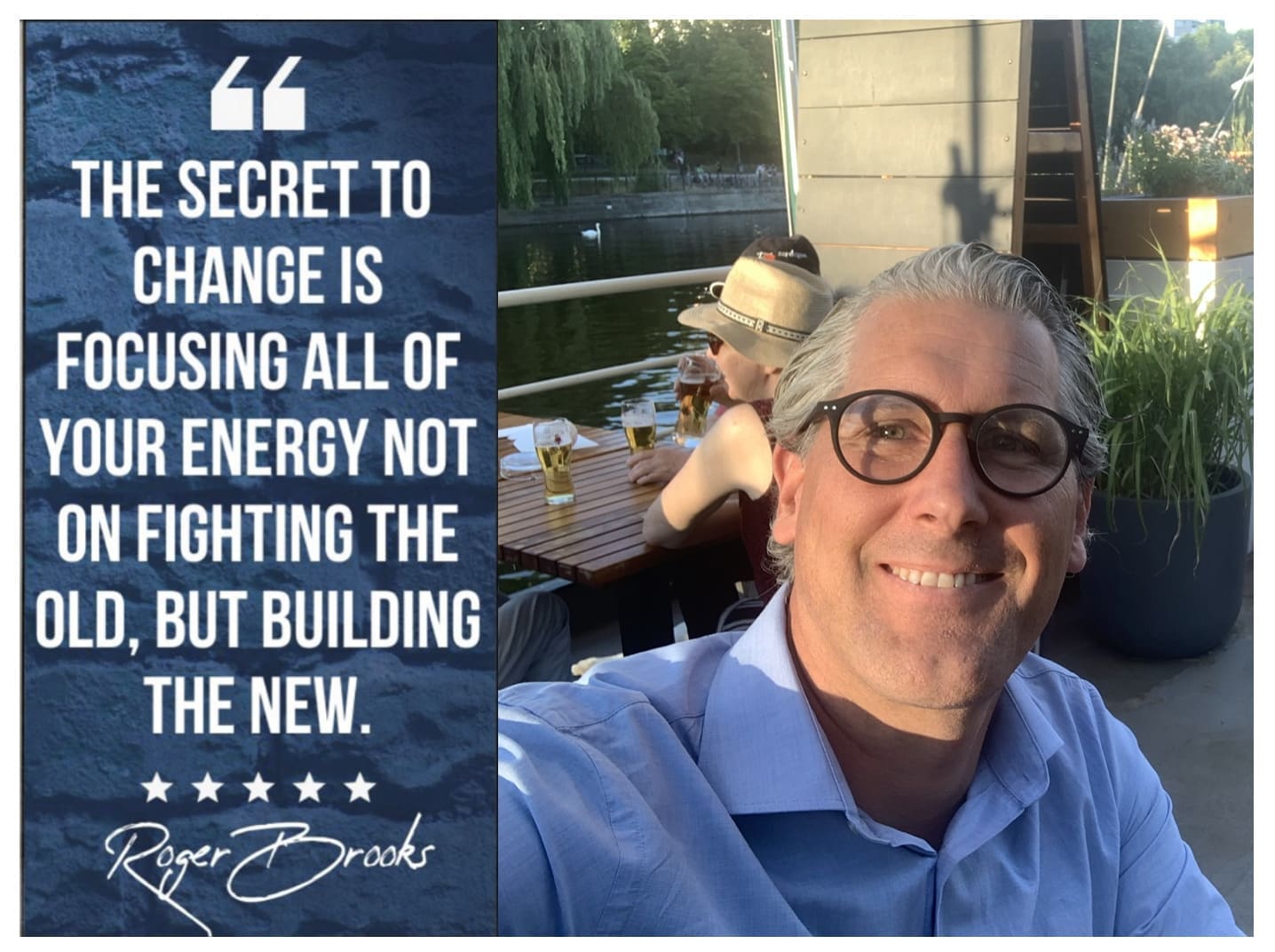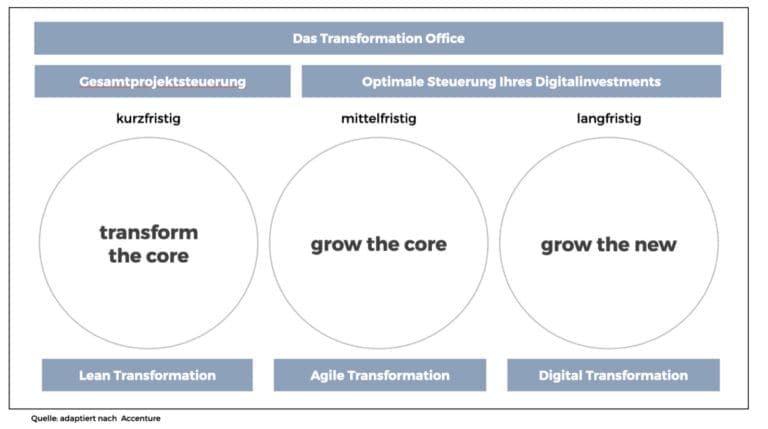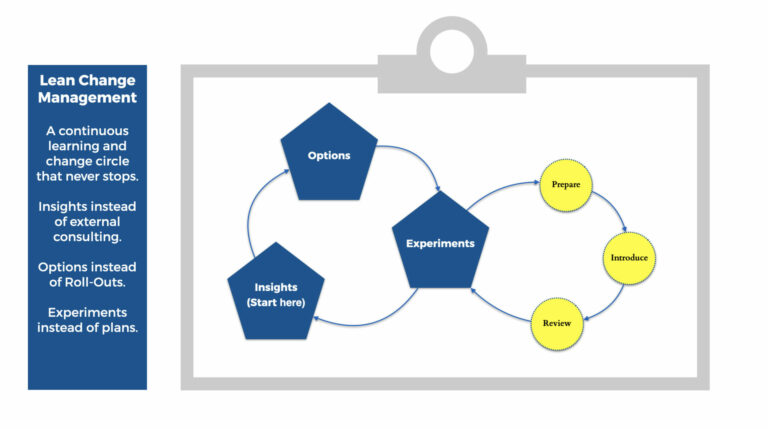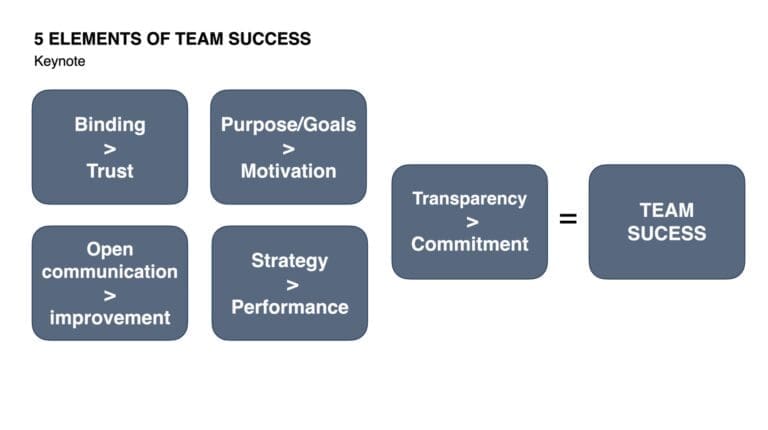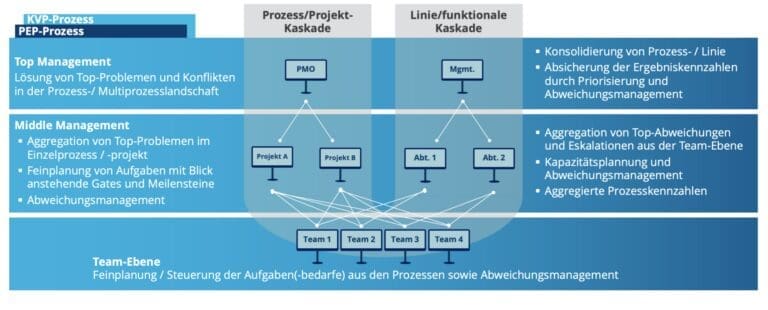How to create effective personal Change
- How does personal change work?
- What psychological dynamics determine whether change can take place within us?
- What strategy can help you achieve change?
This article will answer these important questions. At its core is the question of how every leader can start change within themselves.
Leadership is an inner journey and always starts in the person of the leader. However, we often get in our own way and unconsciously block ourselves with a strategy that blocks change and does not enable it.
In this article I show a way in 6 simple steps how effective self-change can be achieved in an easy manner.
1. Visualize your targets
If you don’t know your goals, you can’t achieve them. An effective manager visualizes result goals, as well as the goal state on the way there or the goal state at the moment of goal achievement.
For this purpose, it is important to imagine and visualize one’s own goals and goal states at least three times a week, but preferably every day. This imagination exercise usually takes 15-25 minutes and can be accompanied by music, physical exercises (yoga) or breathing techniques.
We program ourselves for personal success with this routine because we take the time to imagine our goals in detail. Since our brain cannot distinguish an imagination from a real experience, the imagination of goals leads to the solidification of our self-constructed reality, which we create again and again in every moment.
Goals and goal states that we often imagine thus become habit and normality. Consciously and unconsciously we behave in the desired direction, because we have already reached the target state in our imagination. In a certain sense, successful goal achievement works like this: We imagine our future and our brain and body behave accordingly “afterwards”.
2. Perceive what is
Life is not always easy and sometimes things go wrong, or we may pursue self-influence strategies that go against us and keep us from success. (see point 4).
In any case, it is very important to perceive how the situation currently is. How do I feel? How am I doing? Am I in my optimal state? Am I not in my optimal state?
Culturally, we are often trained not to perceive the current state of the body, but to ignore it. The completely wrong educational mantra “Don’t make such a fuss!”, which is often used in upbringing, often unfolds its effect decades later and leads to the fact that we do not perceive what is. We ignore ourselves and our current state.
Only if we perceive what is, we can recognize whether we need change or not. Therefore, a healthy self-reference is a very important source for change.
3. Accept what is
When we realize that things are not going “smoothly” and we are unhappy, the next important step is to accept what is. It’s okay. It doesn’t matter. The important thing now is to pause and allow ourselves to accept the situation for what is.
This is exactly where even experienced leaders and reflective people often leave the path of success and start to get angry with themselves. Anger and frustration grow and emotions boil up. Getting angry at yourself is the biggest enemy of change. Basically, the anger about oneself leads to the fact that nothing changes.
Anyone who wants to continue on the path of successful self-change follows this important phrase: “Trouble I haven’t had, is trouble I haven’t had.” The art of change is to leave out the trouble phase and at the same time to perceive what is and to accept what is.
Now the way is free for the change. What is the next step?
4. Appreciation of the previous solution
The way to successful self-change is very much about appreciating the previous solution attempts and achievements.
Be kind to yourself. Appreciate yourself. Be grateful for your solution attempts and accomplishments to date. Celebrate yourself and be grateful to yourself for all that you have already accomplished.
Instead of getting angry at yourself, celebrate your attempts at solutions and be mild with yourself.
Remember, if you get angry at yourself instead of appreciating yourself for your attempts at resolution, you are actually fighting against yourself. Change cannot succeed that way.
The secret of change is to focus all your energy not on fighting the old, but building the new target state.
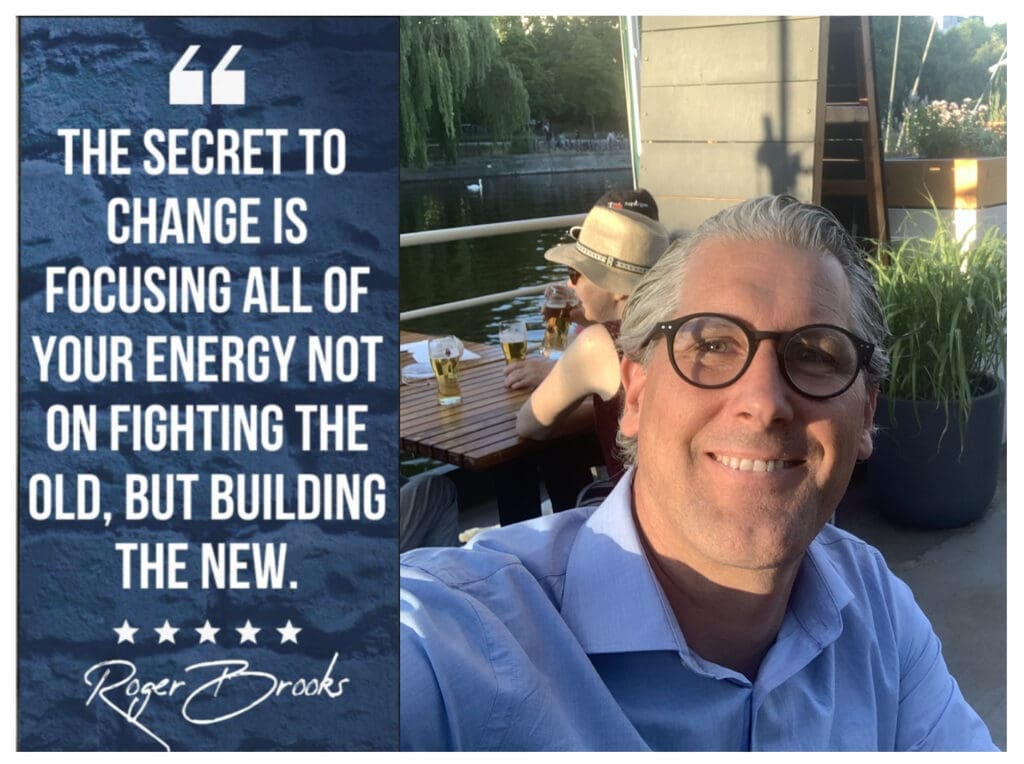
5. Utilization: Using the current situation to focus on the target state.
Now it is a matter of using the current situation to focus oneself loosely and easily on the target state again. For this, you now need a regular, positive accompanying inner dialogue / self-talk.
Linguistically you can help yourself and build an “always-if-then” bridge. It sounds something like this:
“Whenever I feel XYZ, I give myself permission to refocus on target state ABC. I am grateful to perceive how I am feeling and accept that I am feeling. And now I’m focusing on my target state again. I am now achieving ABC.”
Fill this sentence with your own words and practice this sentence over and over so that it becomes part of your solution identity. If this sentence is well chosen, it will accompany you throughout your life and unfold its positive effect.
6. Implement action
Now comes the most important step of all. Get into action. Take the first small step. Take action. Once you get into action, you will notice how positive change can feel.
Follow this mantra: “Only action has the power to turn knowledge into wisdom!” Stop thinking and start acting. Trust in your subconscious mind, which is optimally attuned to change due to the process you have gone through so far and is positively supporting you. Take action. Try it out. Get started.
Success patterns are also failure patterns
I meet people again and again who are unfortunately trapped in their success patterns. A strategy that was good in the past is applied again and again, regardless of whether the current situation fits the previous strategy or not.
Especially successful people become prisoners of their success. To question the success strategy would mean to question oneself. This threatening experience is avoided and so success patterns can become failure patterns. So the more I hold on to my old success pattern, the more I am denied the new success, which I can only achieve if I continue to develop.
Therefore, I would like to conclude by saying again how important it is to look at one’s own life achievement with gratitude and appreciation. Only in this way can you break away from old patterns of success and develop new patterns of success in my life. I wish you all the best on your personal journey of change!
In a personal coaching I support you in your personal change. If you have an individual change topic, please feel free to make an appointment with me.
Kind regards,
Weert Jacobsen Kramer
Munich, 18.07.2022
